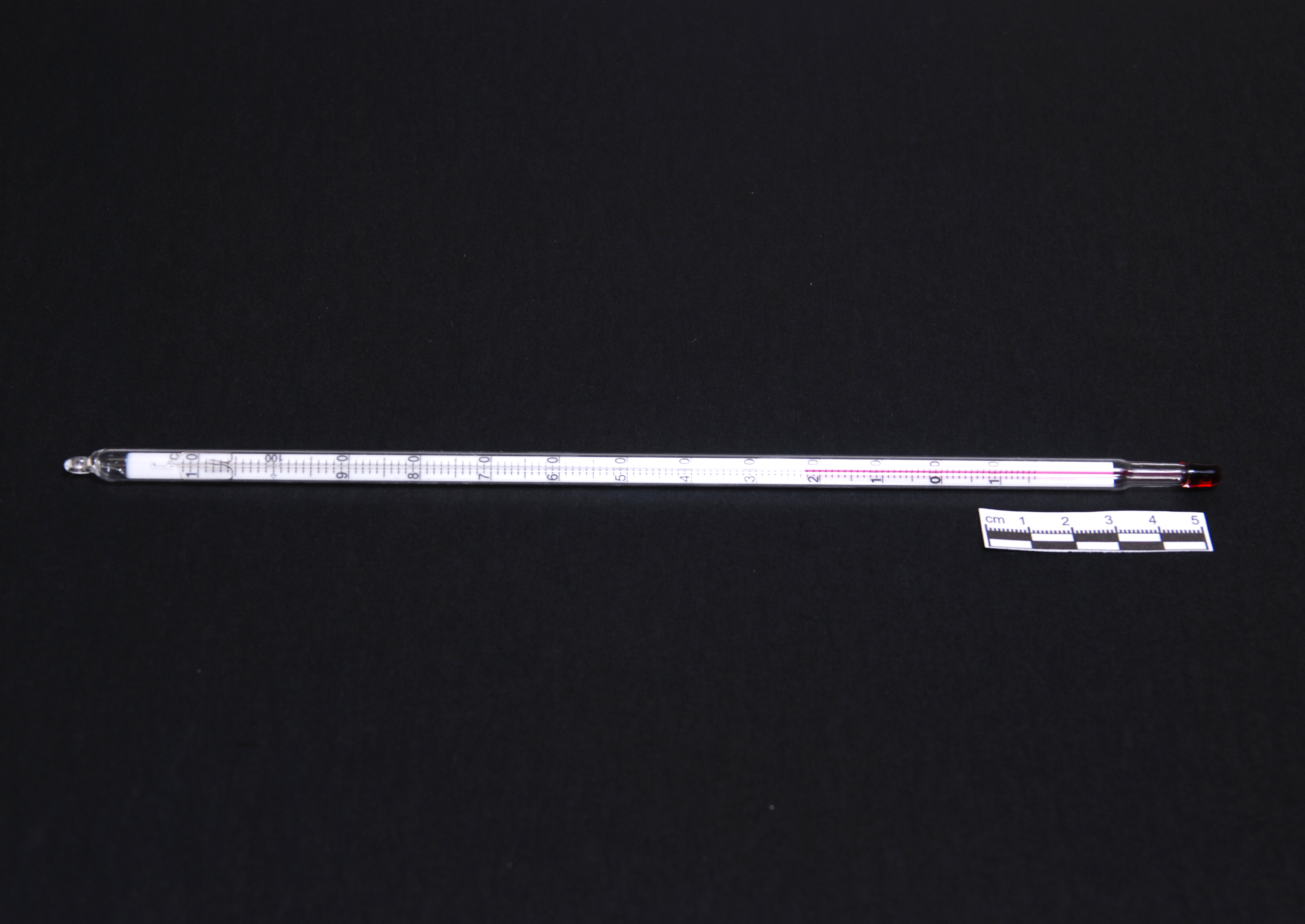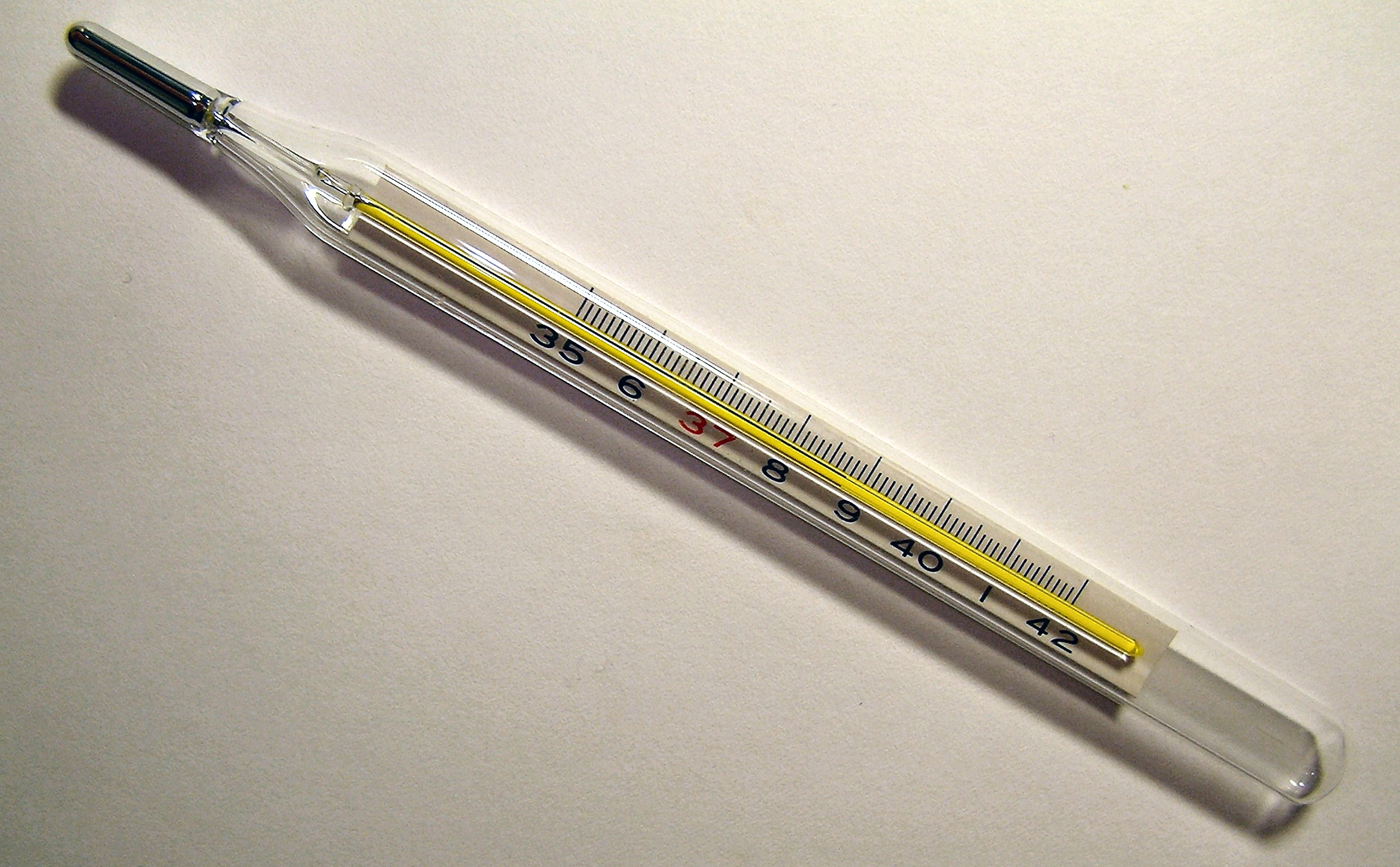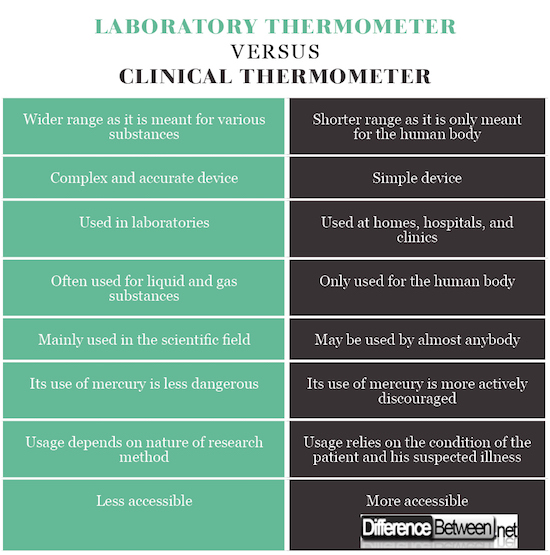Difference between Laboratory Thermometer and Clinical Thermometer
Both laboratory and clinical thermometers are used to measure the hotness or coldness of substances. They are highly indispensable in verifying hypotheses, saving lives, and other procedures that support life skills. Also, these devices go through standardization and calibration assessments.
The succeeding concepts delve into the descriptions and differentiation of laboratory and clinical thermometers.

What is a Laboratory Thermometer?
Generally, laboratory thermometers are essential tools in monitoring experiments, evaluating test materials, calibrating instruments, and other scientific procedures.
Many researchers use them to ascertain freezing and boiling points. Since they may be utilized for different kinds of solvents, the range is -10 degrees Celsius to 110 degrees Celsius. Though most are made up of glass, some thermometers’ material are metals which are reinforced via annealing or thermal tempering.
The following are the common types of laboratory thermometers:
- Liquid-in-glass thermometer
It is made up of sealed glass containing red alcohol or mercury which rises as the temperature increases.
- Bimetallic Strip thermometer
As compared to glass-stem thermometers, bimetallic strip thermometers are generally more affordable and easy to use. However, they may be less accurate as they do not contain liquids that expand to highly accurate units. A bimetallic strip thermometer is composed of two distinct kinds of metals which are attached together. The differences of their consistencies make the metals expand at particular lengths and rates. This then causes the bimetallic strip to bend towards the thermal expansion with a lower coefficient which deflects a pointer over a regulated temperature scale.
- Infrared thermometer
It translates infrared energy into an electrical signal which can be read as a temperature scale in Fahrenheit or Celsius.
- Electronic thermometer
It assesses electrical resistance variations which are then converted to temperature changes.

What is a Clinical Thermometer?
Also known as medical thermometers, clinical thermometers are employed to measure the temperature of the human body.
The range that they can assess is from 35 degrees Celsius to 42 degrees Celsius.
For hygiene and safety reasons, they should first be sterilized before use.
The following are the common types of clinical thermometers based on technology:
- Digital Thermometer
It makes use of a sensor that reads the body’s temperature. This device may be placed in the mouth (oral), rectum (rectal), or under the arm (auxiliary).
- Disposable Thermometer
It is a plastic strip with embedded temperature-sensitive chemicals which appear as dots on the surface. This is ideally used in clinics and hospitals as reusing devices may be unsanitary.
- Glass and Mercury Thermometer
As its name suggests, it is made of glass which contains mercury. It is placed under the tongue, armpit, or rectum and the body heat will expand the mercury which indicates the temperature. Though once very common, the usage of this kind of thermometer is now being discouraged due the risk of mercury-exposure.
- Electronic Ear Thermometer
This device reads the heat from the inside of the ear. Hence, its accuracy may be affected by the amount of ear wax.
- Forehead Thermometer
It reads the infrared heat from the temporal artery. It is less accurate as compared to the other types.
Difference between Lab Thermometers and Clinical Thermometers
1) Temperature Range in Laboratory and Clinical Thermometer
A clinical thermometer’s range is 35 degrees Celsius to 42 degrees Celsius while a laboratory thermometer’s range is wider at -10 degrees Celsius to 110 degrees Celsius.
2) Accuracy of Laboratory and Clinical Thermometer
As a laboratory thermometer is more complex, it yields more accurate results as compared to a clinical thermometer.
3) Location
Clinical thermometers are often used in various locations like houses, clinics, and hospitals while lab thermometers are mainly located in laboratories.
4) Application of Laboratory and Clinical Thermometer
Lab thermometers may be partially or fully immersed in liquids. On the other hand, clinical thermometers may be placed in the armpit, mouth, or anus.
5) Kink
Regarding mercury-filled devices, clinical thermometers have kinks to prevent the instant back flow of mercury. On the other hand, laboratory thermometers do not usually need to actively stop such back flow.
6) Users
Due to its simplicity, almost anybody can be taught to use a clinical thermometer. On the contrary, the lab thermometer is mainly used by individuals in the science field.
7) Purpose of Laboratory and Clinical Thermometer
While laboratory thermometers are intended to support a wide array of research activities, clinical thermometers are made for health care purposes.
8) Mercury in Laboratory and Clinical Thermometer
The utilization of mercury is typically less disadvantageous among laboratory thermometer users as compared to clinical thermometer users as the latter is more commonly used by the masses and has less restrictions.
9) Factors to Consider
Regarding clinical thermometers, the nature of suspected illness and developmental stage of the individual are typically taken into consideration. As for laboratory thermometers, the nature of the research method is mainly factored-in when choosing which device to use.
10) Accessibility of Laboratory and Clinical Thermometer
Since there are more individuals who need clinical thermometers, these devices are more accessible as compared to laboratory thermometers.
Laboratory Thermometer vs Clinical Thermometer

Summary of Laboratory and Clinical Thermometer
- Both laboratory and clinical thermometers gauge temperature at different scales.
- The common types of laboratory thermometers include liquid-in-glass, bimetallic strip, infrared, and electronic devices.
- The common types of clinical thermometers are digital, disposable, glass and mercury, electronic ear, and forehead devices.
- Clinical thermometers are generally for health-related concerns while laboratory thermometers are for research objectives.
- As compared to clinical thermometers, lab thermometers have wider temperature scales as they measure more diverse substances in gas and liquid forms.
- As compared to lab thermometers, clinical thermometers are more accessible and may be bought in drugstores as well as used in hospitals, clinics, and homes.
- Difference Between Hematoma and Melanoma - February 9, 2023
- Difference Between Bruising and Necrosis - February 8, 2023
- Difference Between Brain Hematoma and Brain Hemorrhage - February 8, 2023
Search DifferenceBetween.net :
 Email This Post
: If you like this article or our site. Please spread the word. Share it with your friends/family.
Email This Post
: If you like this article or our site. Please spread the word. Share it with your friends/family.
1 Comment
Leave a Response
References :
[0]Rivera, Sheila. Thermometer. Minneapolis: Lerner Publications Company, 2006. Print.
[1]Simmers, Louise. Introduction to Health Science Technology. New York: Delmar Cengage Learning, 2009. Print.
[2]Trumbauer, Lisa. What is a Thermometer? Connecticut: Scholastic Library Publishing, 2003. Print.
[3]Image Credit: https://commons.wikimedia.org/wiki/File:Laboratory_thermometer-04.jpg#/media/File:Laboratory_thermometer-04.jpg
[4]Image Credit: https://commons.wikimedia.org/wiki/File:Clinical_thermometer_38.7.JPG#/media/File:Clinical_thermometer_38.7.JPG


Nice and easy way to learn